
democratus
-
Posts
31 -
Joined
-
Last visited
Content Type
Events
Forums
Downloads
Quizzes
Gallery
Blogs
Posts posted by democratus
-
-
Located at at Phuket City Homes. Detached house, 4-5 Bedrooms, well-equipped workshop, billiards room, landscaping, 6 air-conditioners, quiet neighbours, 10 minutes from Supacheap, parking for 4 small cars, covered driveway, two lounges, mains water & electricity, quite soi, security cameras, 3 bathrooms, some teak ceilings & doors, marble throughout upper floor. First to see will buy. Baht 6.5M. Retired foreigner. No Agents. Email: [email protected]
-
Treating animals by tethering them on a short chain to a slab of concrete, and surrounding them by gawking tourists makes me jolly batey. It's just not tickety-boo. Is there no RSPCA in Thailand?
-
The probable reason the Thai driver's family visit Mr. Walden in hospital is to take pictures of their visit. If the driver (and his family) express remorse for the accident, the driver is likely to receive a lot lesser penalty than if no remorse is expressed, should the case ever go to court. One way of proving remorse to the judge is to produce photos showing they visited the accident victim as proof of their remorse. This is an acceptable practise here. Meanwhile, the Thai driver will undoubtedly allege it was the dogs owner who should bear responsibility for the accident, for allowing the dog to wander around without a leash (assuming there was a dog). This permits the owner to prevaricate when the question of the hospital bill arises - and naturally, the hospital won't be interested in any third party, and will require Mr. Walden to pay all hospital costs.
-
If you saw the traffic on Phuket Island, and the almost total ignorance of road sense displayed by drivers, you would appreciate the need for a couple of stiff drinks in order to give one the courage to drive here.
-
Arrest his parents - they obviously knew what he was up to, because they radicalised him. Re-educate the child and confront the baselessness of his ideology directly. He could grow up to see the error of his ways and become a useful citizen, and used as a tool to de-radicalise other children,
-
I expect there will be tales of tourists surviving overturned boats - because some Thai tour operators will not let a little swell stop their money-making activities.
-
Even if the Supreme Court decides Parliaments consent is required before official Brexit negotiations can commence - and even if Parliament refuses to give said consent - then surely all Theresa May has to do is create 100 new lords, on the condition they vote for Brexit negotiations to commence?
-
I don't know if they are made in Isaan - I thought it was a Singapore company making them. I bought mine from a bankrupt pub, but I've seen the same brand tables for sale, new, for only 120,000 Baht at billiard table supplier shops in Phuket.
-
Thanks, no it's a Wiraka billiards table.
-
There used to be three of us, all aged over 60, who met every Sunday between around 2-5pm to play pool. The venue is a private house in Phuket Town; the pool room is airconditioned, and the table is a full-sized pool table in excellent condition. We played for fun - no gambling or drinking, although we are not wowsers. A couple of weeks ago one of us died in a m/cycle accident - which leaves us with only two players. Playing pool is fun, if you can sit down occasionally whilst the other two are playing - but with only 2 people playing - it begins to look like work after a while.
The remaining two of us are looking for a third player - someone who likes the game, enjoys the mateship, and appreciates the challenge of a good game. Anyone out there interested in joining us? Here is a photo of the venue.
-
I thought water and electricity got on well with each other - after all, that's why we have words like "hydroelectric" - so what is the need to shut off the water?
-
In Thailand there are so many laws....but so little justice....
-
If it's viral pneumonia, antibiotics will have no effect.
-
Acupuncture is a foundation stone of much traditional Chinese medicine and has evolved over the years. Originally it was thought to have been developed around 100 BC, because the first known document which describes an organized system of diagnosis and treatment was The Yellow Emperor’s Classic of Internal Medicine, presented in a series of questions and answers from Hwang-ti (sometimes spelt “Huángdì,” or Huang-ti), to Chhi-Po, his learned minister. However, some doubt has been raised as to whether this is historically correct, as according to the ShanghaiDaily.com (March 16th 2012, Page B14), the Yellow Emperor lived from 2697-2597 BC. Also, the Yellow Emperor is seen more as a mythological figure than an actual person (2009, Lewis, Mark Edward "The mythology of early China", in Lagerwey, John; Kalinowski, Mark, Early Chinese Religion: Part One: Shang through Han, Leiden and Boston: Brill, pp. 543–594, ISBN 978-90-04-16835-0). It is probable that the document referred to was a compilation of traditions handed down over centuries, and adapted to the prevailing Taoist philosophy, because some evidence exists that acupuncture was practiced prior to The Yellow Emperor’s Classic of Internal Medicine.
Over the centuries acupuncture has changed as the concept migrated to Korea in the 6th century, then on to Japan carried by medical missionaries, and later developing a base in Europe before being exported to America sometime in the early 20th century. Along the way it adapted to the predominant beliefs in each country; changed according to the techniques favoured by practitioners, and spiritual elements that found favour were strengthened to the detriment of those that did not. There were contradictory beliefs about the energies of the human body; about the importance of lunar, celestial and earthly cycles, and about the location of acupuncture points. Western medicine also influenced the development of acupuncture, as scientific investigation demolished the concept of “qi” (sometimes termed “ch'I”) a supposed life energy which was affected by the environment or environmental insults, and flows throughout the human body in twelve standard “meridians.”
Qi is a concept which remains unverified by scientific research, and is likely to remain so. Obstruction of qi was a central tenet of acupuncture, and could be caused by “unbalanced” or blocked meridians. Complimenting this belief was the concept of “zàng-fǔ” – with zàng referring to the organs considered to be “yin” in nature – heart, liver, spleen, lung, kidney, and fǔ referring to the “yang” organs – small intestine, large intestine, gall bladder, urinary bladder, stomach and “Sānjiaō” (which translates as “triple burner,” which appears as a reference to the passage of heat and fluids throughout the body). zàng-fǔ are also connected to the meridians. Deficiencies or imbalances within the qi, together with a knowledge of the relationship zàng-fǔ had with the meridians, provided the broad basis for diagnosis and treatment of the patient’s ailment.
Knowledge of health and pathology in early China was rudimentary because dissection was forbidden, and human anatomy as a scientific discipline did not exist. (Oxford Journals; Medicine & Health; Rheumatology, Volume 43; Issue 5, pp. 662-663). Most practitioners of acupuncture have now abandoned much of the spirituality concerning the treatment, and now concentrate on stimulating nerve endings via the insertion of needles into the skin, sometimes using electricity to provide the stimulation.
During President Nixon’s visit to China in 1972, he was shown major surgery being performed using acupuncture techniques – as were delegations composed of Western doctors. According to many reports (e.g., Traditional Medicine and Pseudoscience in China: A Report of the Second CSICOP Delegation (Part 1), Skeptical Enquirer, Vol. 20.4, July/August, 1996, Barry L. Beyerstein and Wallace Sampson) the patients used for demonstration purposes had been heavily indoctrinated and preselected for high pain tolerance. Also, the intravenous drips that supposedly contained hydrating and nourishing fluids – were surreptitiously used as a transport medium for morphine. Furthermore, much of the seemingly objective research on acupuncture and other traditional Chinese medical treatments had been falsified in order to ensure that the outcome of research would not contradict the party line.
A question that needs to be asked is “why, if acupuncture works effectively, why was there a need for chicanery?”
To answer the question of whether acupuncture offers any benefit to the patient we need to look at carefully controlled, peer-reviewed studies. One such study may be Acupuncture treatment for pain: systematic review of randomised clinical trials with acupuncture, placebo acupuncture, and no acupuncture groups. (Madsen MV, Gotzsche PC, Hrobjartsson A. BMJ. 2009;338:a3115.). This reviewed 3025 patients in thirteen trials involving a variety of pain conditions. The reviews conclude that “a small analgesic effect of acupuncture was found, which seems to lack clinical relevance and cannot be clearly distinguished from bias. Whether needling at acupuncture points, or at any site, reduces pain independently of the psychological impact of the treatment ritual is unclear.” In other words, the effect observed may be due to a placebo effect, or the ritual of treatment which is often comforting, or the beliefs and expectations of the patient. The effect may have nothing to do with the curative treatment properties directly associated with actual acupuncture treatment.
In an open source article published in Anesthesia & Analgesia (June 2013, Colquhoun, David PhD; Novella, Steven P. MD., Volume 116, Issue 6,) the authors write “Pain is a big problem. If you read about pain management centers, you might think it had been solved. It has not. And when no effective treatment exists for a medical problem, it leads to a tendency to clutch at straws. Research has shown that acupuncture is little more than such a straw.” The full text can be seen at:
(www.journals.lww.com/anesthesia-analgesia/pages/articleviewer.aspx?year=2013&issue=06000&article=00025&type=Fulltext#)
They then proceed to demolish the concept of acupuncture and conclude by stating “the best controlled studies show a clear pattern, with acupuncture the outcome does not depend on needle location or even needle insertion. Since these variables are those that define acupuncture, the only sensible conclusion is that acupuncture does not work. Everything else is the expected noise of clinical trials, and this noise seems particularly high with acupuncture research. The most parsimonious conclusion is that with acupuncture there is no signal, only noise. The interests of medicine would be best-served if we emulated the Chinese Emperor Dao Guang and issued an edict stating that acupuncture and moxibustion should no longer be used in clinical practice. No doubt acupuncture will continue to exist on the “High Streets” where they can be tolerated as a voluntary self-imposed tax on the gullible (as long as they do not make unjustified claims).”
How many deaths or adverse effects have been noted from acupuncture treatment? As China is the home of acupuncture, per se, it seems instructive to look at statistics from that country. In 2015, there were over 133 million overseas visitors to China according to the Travel China Guide (www.travelchinaguide.com/tourism/), and it must be assumed some of these visitors either visit China with the specific intention to receive acupuncture treatment, or receive acupuncture during their visit as an impulse purchase decision. In August 2010, the World Health Organisation published a study called Acupuncture-related adverse events: a systematic review of the Chinese literature (Bulletin of the World Health Organization 2010; 88:915-921C. doi: 10.2471/BLT.10.076737, Junhua Zhang, Hongcai Shang, Xiumei Gao & Edzard Ernst). Data for the study was extracted from a systematic review of the available Chinese literature only, and examined adverse events associated with acupuncture for the previous 30 years. The authors found a total of 479 cases of acupuncture-related adverse events which were reported, which they thought were “definitely” or “probably” due to the acupuncture procedure. Of these, there were 35 cases of subarachnoid hemorrhage (three of which resulted in death), gluteal abscess (1), abscess of scalp, intracranial abscess (2), suppurative arthritis (1) tetanus (2), tuberculous abscess (3), a buccal space abscess and a temporal abscess. Around 20 cases related to acupuncture-related adverse events other than trauma and infection, and 148 cases of feinting. Other cases reported (including those which were “definitely” and “probably” caused by acupuncture) were aphonia, (the inability to produce voice), leg numbness, metal allergy, skin rash, cough, thirst, fever, shock, etc.
In the West the incidence of adverse effects appear to be low and minor in nature, such as soreness, infections and feinting, and the risks are considerably reduced for these if the practitioner is certified and experienced. This low incidence of treatment complications seems confirmed by a study involving four hundred and nine patients receiving 3535 acupuncture treatments (Complementary Therapies in Medicine, 2003 Jun; 11(2):93-7. Incidence of adverse effects during acupuncture therapy-a multicentre survey. Ernst G, Strzyz H, Hagmeister H).
People with bleeding disorders or who have pacemakers are not advised to undergo treatment by acupuncture, according to advice by the Mayo Clinic. Similarly, if the patient is pregnant some types of acupuncture are thought to stimulate labor, which may result in early delivery.
(www.mayoclinic.org/tests-procedures/acupuncture/basics/risks/prc-20020778)
Australian Medicare does not reimburse for acupuncture treatment unless it is part of a doctor's consultation. Both the Medicare and Medicaid systems in the US do not provide coverage for acupuncture. The NHS in the United Kingdom allows limited access to treatment by acupuncture, and the National Institute for Health and Care Excellence (NICE) only recommends considering acupuncture as a treatment option for chronic lower back pain, chronic tension-type headaches and migraines. Some other insurers do allow reimbursement for treatment by an acupuncturist, but almost invariably conditions apply, such as requiring a statement of medical necessity or prescription from a primary care doctor, and the coverage may also restrict the number of visits, or only cover some of the services the provider offers. Aetna will only reimburse patients for acupuncture treatment for a limited number of conditions (7), and only if it is administered by a health care provider who is a legally qualified physician practicing within the scope of his/her license. As for other conditions (they record another 81 conditions on their site for which acupuncture treatment costs will not be reimbursed), they state “Aetna considers acupuncture experimental and investigational…..because there is inadequate scientific research assessing the efficacy of acupuncture compared with placebo, sham acupuncture or other modalities of treatment in these conditions.” (www.aetna.com/cpb/medical/data/100_199/0135.html).
-
I know the name written in the book is mine, as I had it translated.
My kids (one is 24, the other 17) each have triple nationality (Thai, English & Irish). My wife has both Irish and Thai nationalities. When I applied for her to have British nationality, a requirement was she must spend three years in England. However, she refused to continue with the application after she heard of this requirement, as she felt living in a third world country for 3 years was just too much of an imposition.
-
Yeah..whatever....
-
My tabien baan is a blue book, and the house to which it "belongs to" is owned by a company I set up for the purpose. I have no permanent residence certificate.
-
Glegolo - Yes, I have 2 children with my Thai wife. My name is in a seperate section to that of my wife, and entered in the same style, format, etc., as others registered in the book (when you marry a Thai, invariably some relatives wish to appear on the tabien baan, so they can enroll their children at a local school, etc).
MikeyIdea - Well, my name is there, in Thai script, and the immigration accepted it as "proof of address" when I renewed my retirement visa.
-
I don't have permanent residency - just a retirement visa. My name is in the Tabien Baan - my wife arranged it. I think if a Thai applies, there is/was no problem in Phuket - but when they see a fellang, it may trigger a "make plobnem" alert. When I recently went to open a new bank account, the Siam Commercial wouldn't process the paperwork until they saw my name in the Tabien Barn.
-
I have an English passport which I used to visit and stay in Thailand, but applied for an Irish pasport (anyone whose parent or grandparent was born in Ireland, is/was entitled to an Irish passport). When I arrived at Bangkok airport and produced the Irish passport, the immigration officer's computer flagged up I had an English passport. I was photographed and allowed through. I think (but am not sure) that when the immigration officer keys in your name and birthdate, it searches through multiple databases in a couple of seconds, and as there are relatively few people with a Christian, middle and surnames which match their date of birth, the photos of all holders of such passports are displayed on the officer's computer.
-
Why didn't the authorities cancel his passport when he jumped bail?
-
Hi..is there anyone out there who can offer any assistance....I'm a new member...I've tagged "receive news emails" in my settings....but I'm not getting newsletter e-mails..haven't blocked Thai Visa..nothing in spam tray....can you help?
-
I had the same problem - the Siam Commercial & Bangkok Bank both spat the dummy. However, there is a very easy fix - in Phuket you can go to the Tourist Police HQ. I went there yesterday to sort it out - the sergeant spoke excellent English, there was classical music playing somewhere..I started to explain the issue, but he gently interrupted and asked me for the form - he knew all about it! They have a police station stamp which looks authoritative - there was no charge - it was so easy I had to pinch myself that I hadn't been hit by a tut-tuk and ended up in heaven!








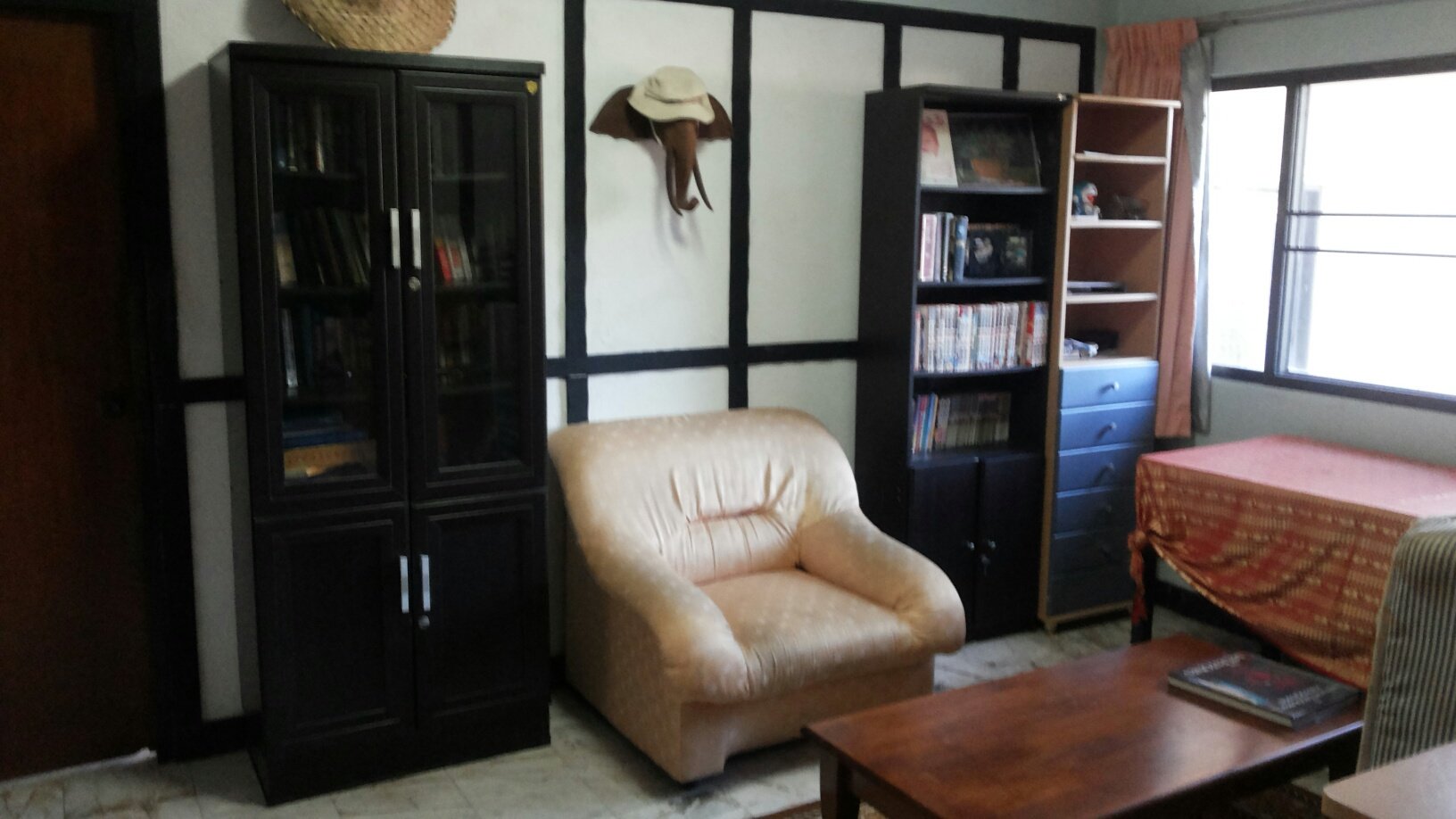
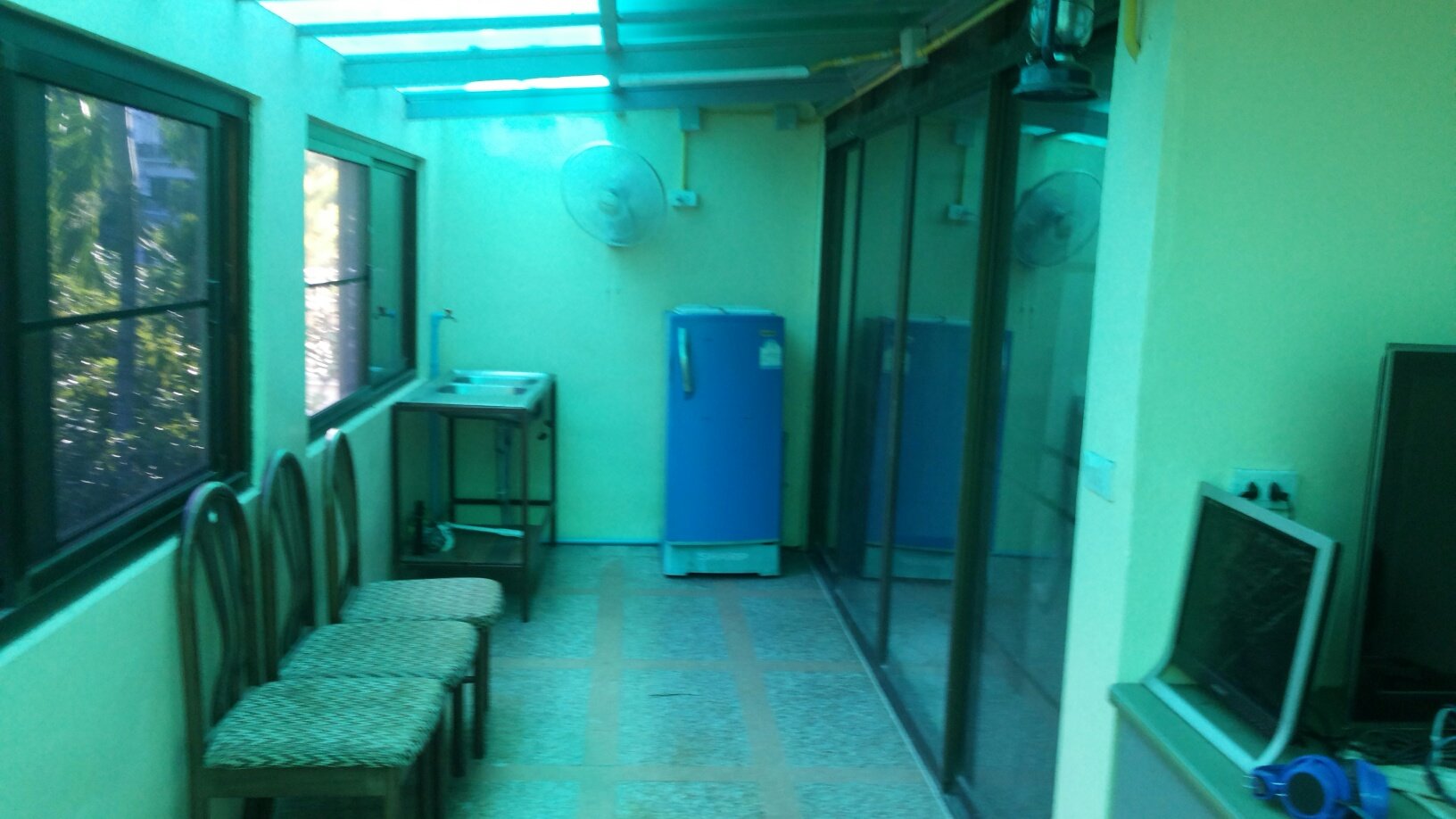
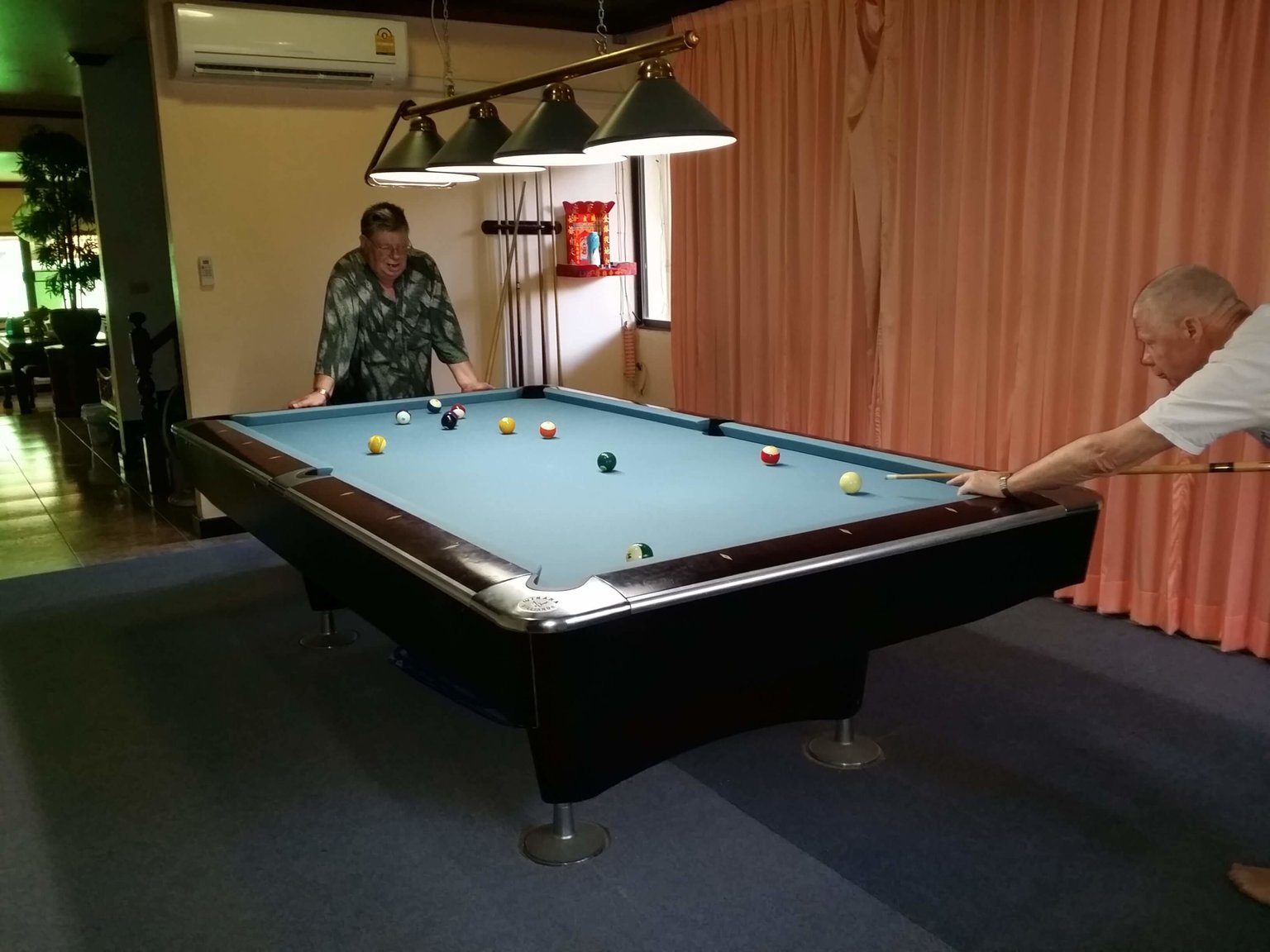
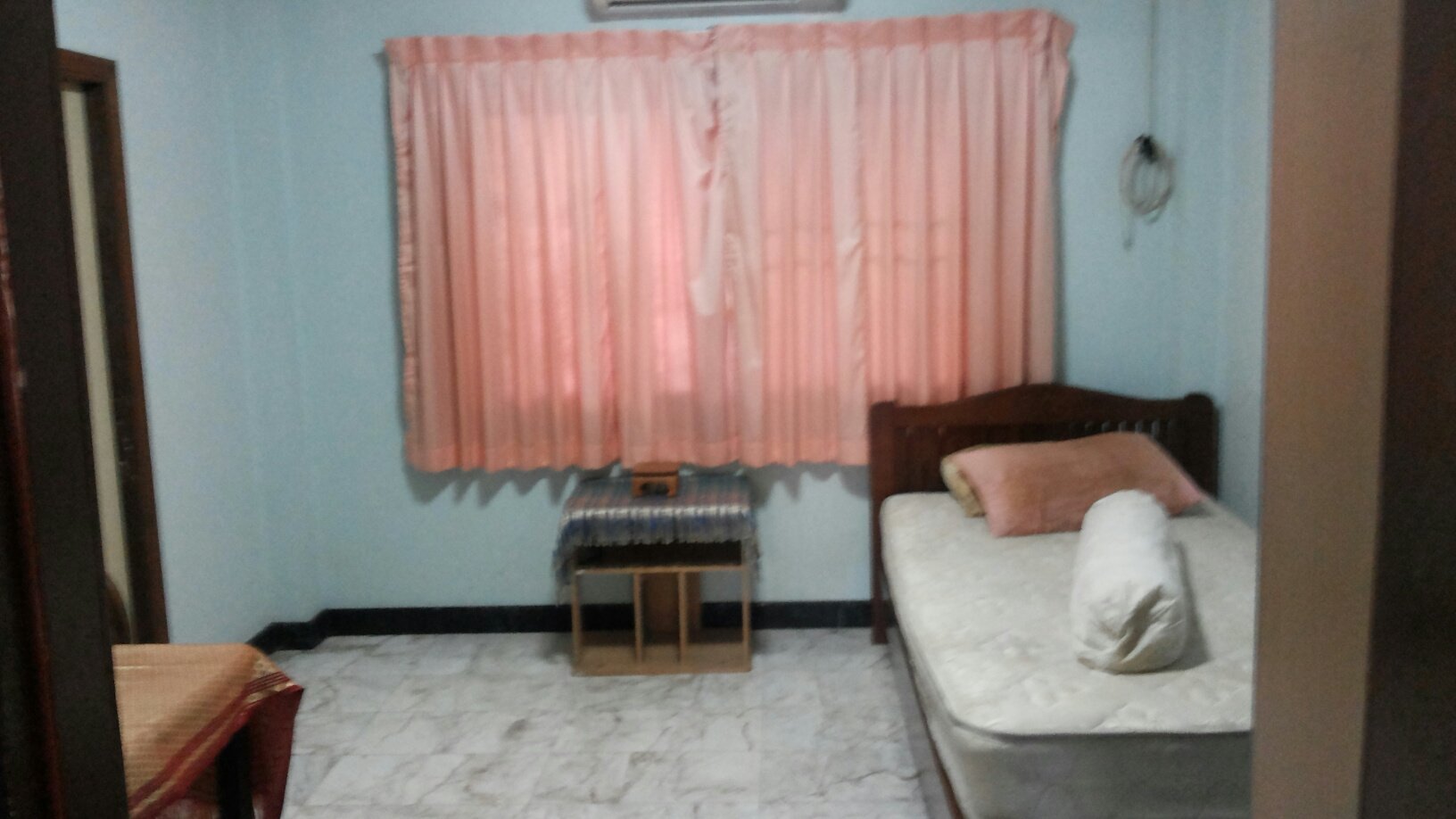

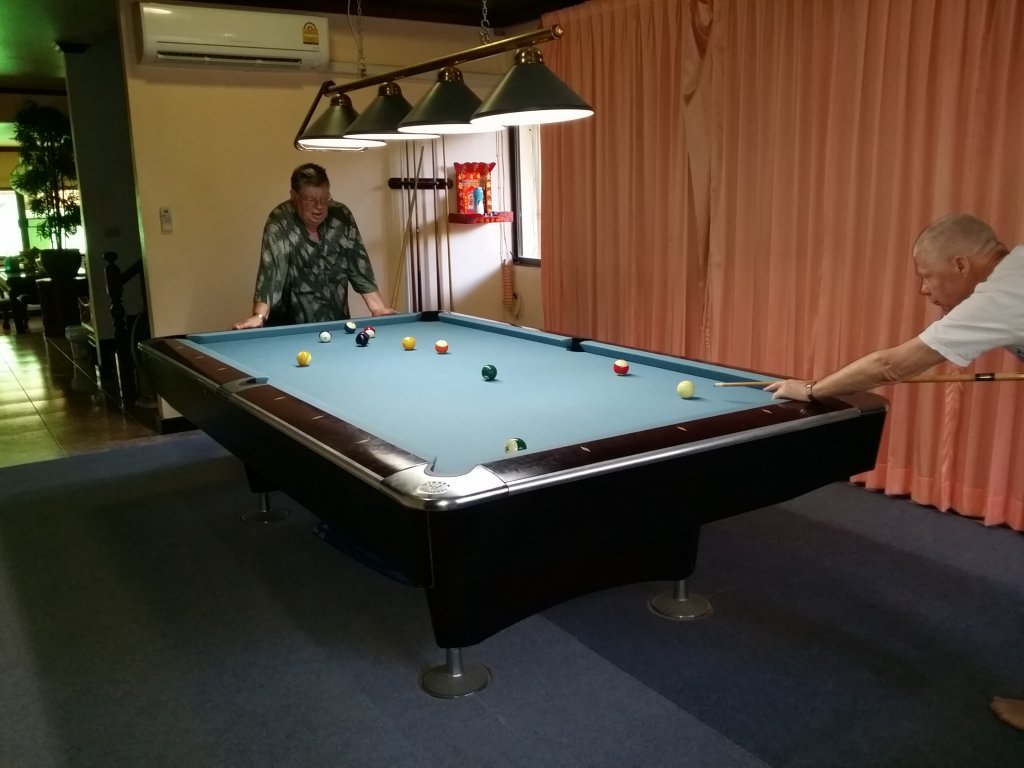
TOYOTA VIOS IN EXCELLENT CONDITION
in Cars For Sale (in Thailand)
Posted
One owner since new, only serviced by Toyota (maintenance records available), very low mileage at 97,090 Klm. Owned by foreigner, always parked in carport, runs very well and has just passed strict registration renewal check, good tires, very minor body damage. Has television and HD dashboard camera. 169,000 Baht.